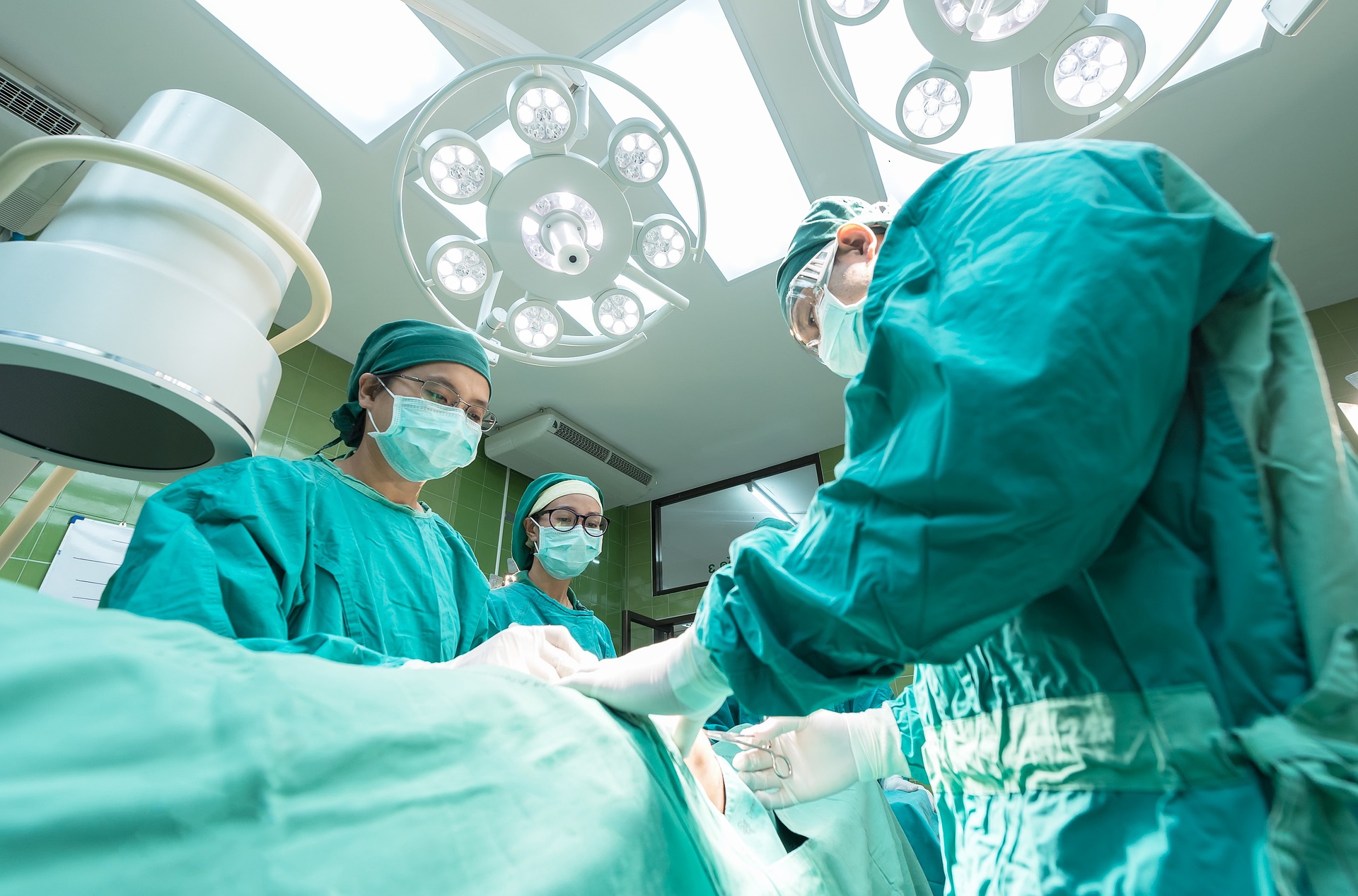Automatic Positive Airway Pressure (APAP) is a treatment for obstructive sleep apnea. It is a breathing device that automatically adjusts to the patient’s breathing rate and pressure, ensuring that the airway stays open while sleeping. There are several different types of APAP, including the auto-titrating type, which is used to maintain a constant level of positive airway pressure.
CPAP
The treatment of obstructive sleep apnea (OSA) using a nasal mask and a CPAP machine is a common approach. However, the choice of a treatment depends on factors such as patient preference, direct and indirect costs, and disease severity.
Automatic positive airway pressure (APAP Login) is an alternative treatment option for OSA. The device analyses the inspiratory flow and titrates the pressure to maintain a consistent flow of air. APAP devices often have a built-in algorithm that determines the correct pressure. It is important to know that a device’s performance varies greatly from manufacturer to manufacturer. This may influence the level of device adherence and patient satisfaction.
A study conducted in China evaluated the performance of three APAP devices in various scenarios. A nasal mask interface, an automatic PAP device, and a breathing simulator were tested. Despite their differences, these devices had similar performance.
In a simulated obstructive apnea scenario, the Prisma 20A performed the worst. Another APAP device, the DreamStation, did not perform as well.
Auto-titrating or automatic positive airway pressure
Auto-titrating or automatic positive airway pressure (APAP) devices provide one of the best solutions to the problem of keeping an airway open while sleeping. The APAP machine works by pushing a stream of air under pressure through a mask attached to the patient’s throat. This keeps the airway open and prevents apnea.
A more recent APAP technology, called auto-titrating, offers more accurate titration. A small machine sits at the side of the bed and adjusts pressure based on the wearer’s breathing pattern. It also has the capability to handle minor weight changes.
Auto-titrating CPAP machines are more prevalent today than they were years ago. They have become more affordable, making them a viable alternative to more traditional CPAPs. Nevertheless, there is still a debate about whether or not it’s the right solution for sleep apnea sufferers.
Auto-titrating or APAP devices have their merits, but not everyone can benefit from such a device. Some people have nasal congestion or allergies that cause swelling in their upper airways. These can interfere with the feedback loop of an auto-titrating machine.
Treatment of obstructive sleep apnea in children
An Automatic Positive Airway Pressure (APAP) machine is one of the most effective treatment options for obstructive sleep apnea in children. PAP therapy helps relieve upper airway obstruction while promoting the natural ventilation of the respiratory system. APAP machines are designed to meet the pressure needs of different patients throughout the night.
Sleep apnea is a sleep disorder that can affect people of all ages. It is a major concern for many patients because untreated OSA can cause a number of negative health outcomes. For instance, an untreated OSA can impair cognitive function and increase a patient’s risk for stroke and heart problems.
Treatment for OSA varies depending on the severity of the symptoms. For example, mild OSA may not require continuous positive airway pressure and can be treated with an oral appliance. Depending on the type of sleep apnea, patients may need a CPAP machine or surgery.
For a child with OSA, a polysomnogram (PSG) is a great way to assess their condition. This diagnostic test is used to detect several different types of sleep disorders, including OSA.
Cost of APAP therapy
CPAP therapy for obstructive sleep apnea-hypopnea (OSAH) is generally cost-effective. In addition to its clinical benefit, this type of treatment is also a cost-effective use of health care resources.
CPAP therapy is an inexpensive, noninvasive method to treat OSAH. However, the effectiveness of CPAP depends on the individual, the patient’s respiratory condition, and the device used.
The incremental cost-effectiveness ratio (ICER) is an important measure of the cost-effectiveness of medical interventions. It is calculated by dividing the additional QALYs gained by the incremental cost of the intervention. This ratio is a standard method of comparing the cost-effectiveness of therapies.
A study compared the costs of using a standard CPAP to those of an APAP machine. Compared with the CPAP strategy, the APAP strategy was slightly more expensive. Recurrent annual CPAP costs include two physician visits and the replacement of the headgear.
Depending on your health insurance coverage, you may or may not be able to purchase an APAP. You can rent one or buy a used machine. Regardless of your options, you should consult your medical team before deciding on a therapy.









































